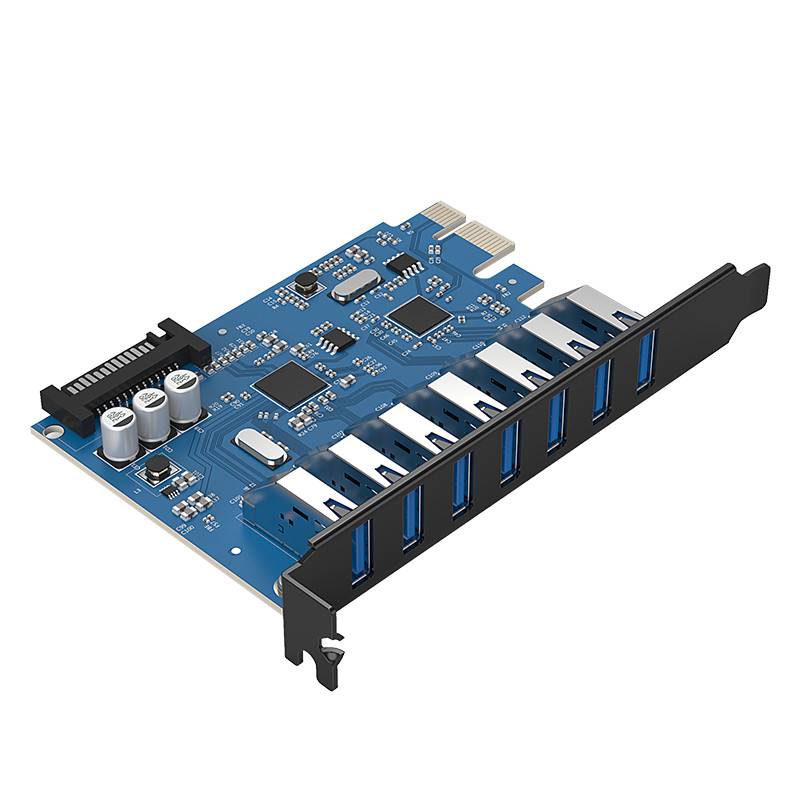
(The USB Type-C connector shouldn’t be confused with the USB 3.1 or USB 3.2 standards.). Type-C refers to the physical shape of the newest USB connector. The Mini-B and Micro-B connectors, like their Type-A counterparts, are found on a wide range of electronics, from tablets and handheld GPS devices to cell phones. USB Type-B connectors are frequently used on printers, though they can also be found on some monitors and USB hubs.

The more square shaped USB Type-B is somewhat less common but is electrically identical to USB Type-A connectors. This requires them to be oriented properly in order to be plugged in. Gaining popularity in the mid 90’s, standard USB Type-A connectors are rectangular and have a distinct top and bottom. It is also used on many other devices, including those that utilize its Mini-A and Micro-A variants (see image above).
Select Finish when the InstallationShield Wizard has been completed.The most common and familiar USB connector shape is USB Type-A, which is currently used on the vast majority of computer equipment and peripherals. Select Install to begin the driver installation. Choose the destination folder for the driver and click Next to continue. Select "I accept the terms of the License agreement" and click Next to continue Click Next to continue the InstallationShield Wizard. Double click on the setup file (NECEL-USB3-Host-Driver-10200-setup.exe) to begin the installation. Extract the ZIP file from the ZIP archive. Download and store the USB 3.0 driver on your computer. 4 and insert the USB3.0 Express Card into the Express Card slot (the thinner end goes in first). Remove the dummy card that is installed in your notebook's Express Card slot. Press the slot opening on the left side your notebook (some notebooks have the slot opening on the right side of the notebook). Give your Operating System a few minutes to recognize the new hardware before proceeding with the installation. 
Connect the disk drive power connectors from the system power supply to the USB3.0 PCI-E Card.Insert the USB3.0 PCI-E Card into the PCI-E slot.Locate the PCI-E slot on the motherboard.






 0 kommentar(er)
0 kommentar(er)
